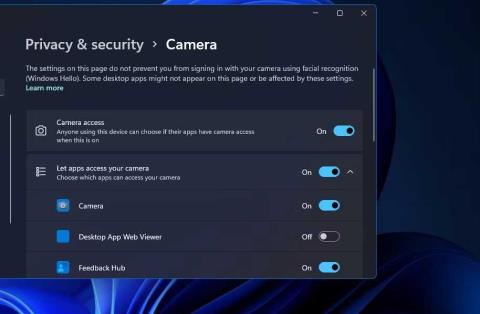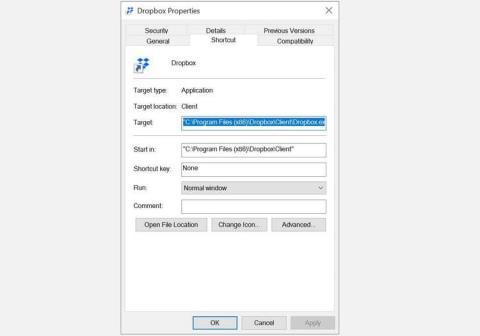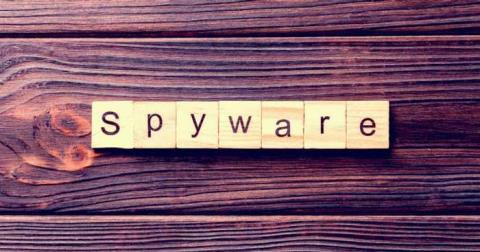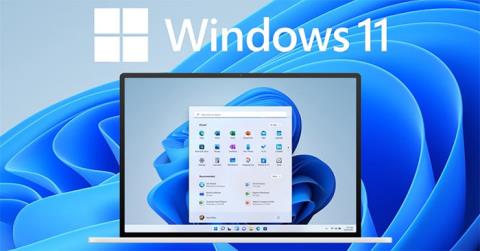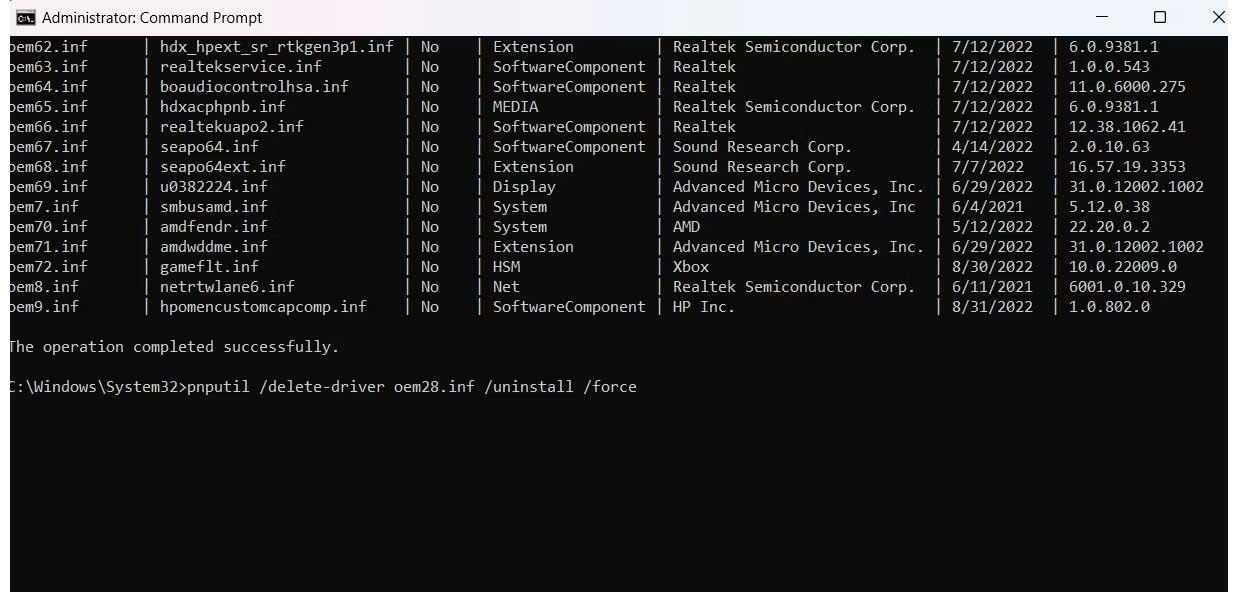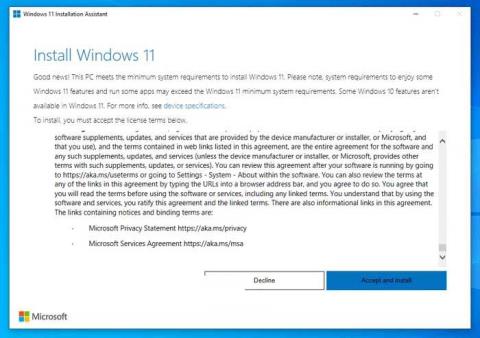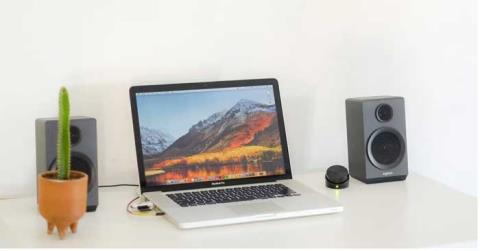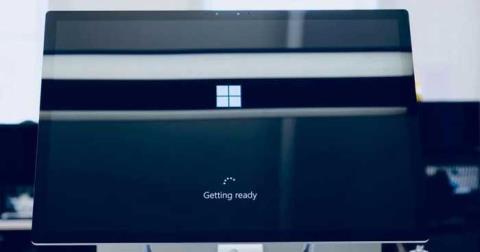Ways to find all video files on Windows

Ways to find all video files on Windows, Can't find recorded and saved videos on PC. Below are ways to help you find all clips on Windows.
When you’re browsing the Web on your Mac using the Safari browser, you will often come across images that you want to save, copy, or link to. There are several ways to save and copy images from Safari depending on what you ultimately want to do with the image.

Here’s a look at the various methods of saving, copying, and linking to images using the Safari web browser.
How to Save an Image From Safari
To get started, launch the Safari app and navigate to or search for an image you’d like to save or copy. Once the image is loaded in the browser window, right-click (or Control-click) on the image to display the pull-down contextual menu of the various options that are available to you.
In the screenshot above, I’ve outlined in white the options that concern saving and copying the image, and we’ll discuss both of these options in the sections below.
Save the image to the Desktop
The first option in Safari’s contextual menu is “Save Image to the Desktop.” As its name describes, selecting this option will grab a copy of the image you’re looking at in Safari and save a copy of the file directly to your desktop.
This is a very handy method for when you have additional plans for your saved image, such as opening it in Photoshop. Saving the image to your desktop gives you quick and easy access to the image from your desktop, even if the desktop isn’t where you intend to ultimately save the image file.
Save Image As
The second choice highlighted within that contextual menu is Save Image As, enabling you to make decisions such as where to save the image. The “Save Image As” pull-down menu even gives you the option to create a new folder within which you can save the image.
Like the “Save Image to Desktop” option, then “Save Image As” option will save a copy of the image to your Mac. Unlike the “Save Image to Desktop” option, however, it won’t just plop the file down on your desktop, and will instead ask you where to put the picture. It’s easier to keep your computer’s hard drive organized and keep your desktop uncluttered with the “Save Image As” option.
You could still manually select the Desktop as a destination, of course, but the point is that you have a choice of saving the image anywhere, including external hard drives, USB thumb drives, or network-attached storage devices.
Add Image to Photos
The next option is Add Image to Photos. This creates a copy of the image on your Mac, but instead of using a standalone image file, it automatically moves the file into the library of your Photos app. As you know if you’re a Mac user, Photos is a photo management and editing application that comes with Macs, iPhones, iPads, and other Apple products.
Once you have the image saved to Photos you can edit the image using Photos’ built-in tools, catalog it with tags and custom albums, and easily share it with your friends and families.
Use Image as Desktop Picture
This one’s pretty self-explanatory: choosing this option will make the image your desktop background or wallpaper.
macOS will automatically use the “Scale Image” setting to make the image fill your Mac’s entire screen, even if the image isn’t the correct aspect ratio (i.e.. the proportions of height and width of an image).
This also means that macOS will stretch the image if the image’s resolution is less than your display. This stretching can cause the image to look blocky, so keep that in mind if you use this option on what turns out to be a tiny source image.
Copy Image Address
The Copy Image Address option grabs the URL of the image itself and places it in your macOS clipboard. From here, you can paste the link into a document or email and any recipient can click on it to load the image from the source link.
One reason to use this option is when the image you’re working with is very large. For example, you could be looking at a 40MB image at the NASA website. Instead of saving that image to your Mac and then trying to email it to a friend, you could simply send the friend the link to the image. This saves you the bandwidth of sending it and helps avoid email attachment size limitations. Instead of downloading the image from you, the recipient downloads it directly from the source when they want to.
There’s one thing to keep in mind, however. When you save an image to your Mac, you have a copy of that image that will last as long as you want it to. When you save a link to an image, however, the operator of the website to which your link points has total control. They may leave the image up indefinitely, or they may remove it tomorrow, and once it’s gone, you’re out of luck. Therefore, consider saving the image using one of the other options here if it’s very important.
Copy Image
The Copy Image option copies the image itself, not just a link to it. This option creates a temporary copy of the entire image in your clipboard that you’ll need to paste somewhere in order to save it. For example, you can paste the image directly into an email or even to another folder on your Mac’s hard drive or elsewhere.
Other options include pasting the image into a Pages document, PowerPoint presentation, or an image editing application like Photoshop. Whatever option you choose, remember that you need to actually paste the image somewhere in order to successfully save it. Failure to do so means the copy of the image will be lost if your clipboard cache is cleared or overwritten.
A final note
Now that you know how to save images from Safari to your Mac, remember to do so responsibly. Many of the images you’ll find online are the intellectual property of others, and you’re prohibited from using these images in certain circumstances without permission.
Most photographers and artists won’t mind if you save one of their images to use as the background of your personal Mac. But you’ll get yourself into trouble if you instead use copyrighted images without permission on your website, at a public venue, or for just about any commercial purpose. Instead, use Google Image Search, selecting the image re-use rights that suits your needs. You can find this option in Google’s Advanced Image Search.
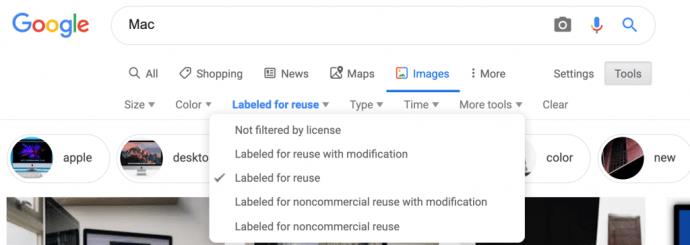
If you found this article useful, check out TechJunkie’s tutorial on How To Image Search on DuckDuckGo.
Ways to find all video files on Windows, Can't find recorded and saved videos on PC. Below are ways to help you find all clips on Windows.
How to fix error 0xa00f4288 in the Camera app on Windows 10 & 11. Windows' default Camera App is the main tool for taking photos. So in the case of Win 10 & 11 cameras
How to open multiple programs with one shortcut on Windows 10, You can actually open multiple programs at the same time with a single key. Here's how to use one
How to remove old boot menu options on Windows, Windows 10 dual boot is useful but can leave redundant boot options in the menu. Here's how to remove the menu
Instructions for fixing Snipping Tool errors on Windows 11. Windows 11 has officially been released for a while, but during use there are still many errors
Instructions for entering text by voice on Windows 11, Entering text by voice on Windows 11 helps you significantly improve your work efficiency. Here's how
How to turn on/off Sticky Key on Windows 11, Sticky Key makes the PC keyboard easier to use. Here's how to turn Sticky Key on and off on Windows 11.
What is Windows Modules Installer?, Windows Modules Installer sometimes takes up a lot of system resources. Is Windows Modules Installer important or not?
How to increase volume in Windows 10, How to increase computer volume to maximum level? Let's learn with WebTech360 how to increase Windows 10 computer volume
How to use Windows 11 Installation Assistant to install Windows 11, Windows 11 Installation Assistant is one of the best ways to upgrade your computer to Windows 11.
How to turn off the startup sound in Windows 11, Does the PC startup sound bother you? Then please refer to how to turn off the startup sound for PC running Windows 11 below
Instructions for changing the screen lock timeout on Windows 11. While using Windows 11, there are times when users will need to leave the computer for a period of time.
Instructions for optimizing Windows 11 to help increase FPS when playing games, Windows 11 is an operating system platform that is introduced as more improved in gaming quality, helping games
Windows 11: How to use and customize the Quick Settings menu, Windows 11 brings some great new features and the Quick Settings menu is no exception. Here it is
How to fix the error of not being able to start Windows 11 after turning on Hyper-V. Hyper-V helps you run virtual machines on Windows. However, after enabling Hyper-V, you cannot post again
How to fix error 0xc00007b in Windows, Windows displays error 0xc00007b when the application does not work properly. Below is a step-by-step guide to fix error 0xc00007b in
How to change the login screen on Windows 10/11, Don't like the blurry screen when logging in on Windows 10/11? So, instructions on how to turn off and change the login screen
How to uninstall drivers in Windows 11, Do you want to remove unwanted drivers on Windows 11? Then please see instructions on how to remove drivers in Windows
How to fix No Internet Secured error on Windows 10, No Internet Secured is a common error on Windows 10. Below are simple ways to fix No Internet Secured error
How to fix the error of not being able to save an Excel file on Windows. If you can't save the Excel file, don't worry too much. Below are ways to fix the error of not being able to save the above Excel file
